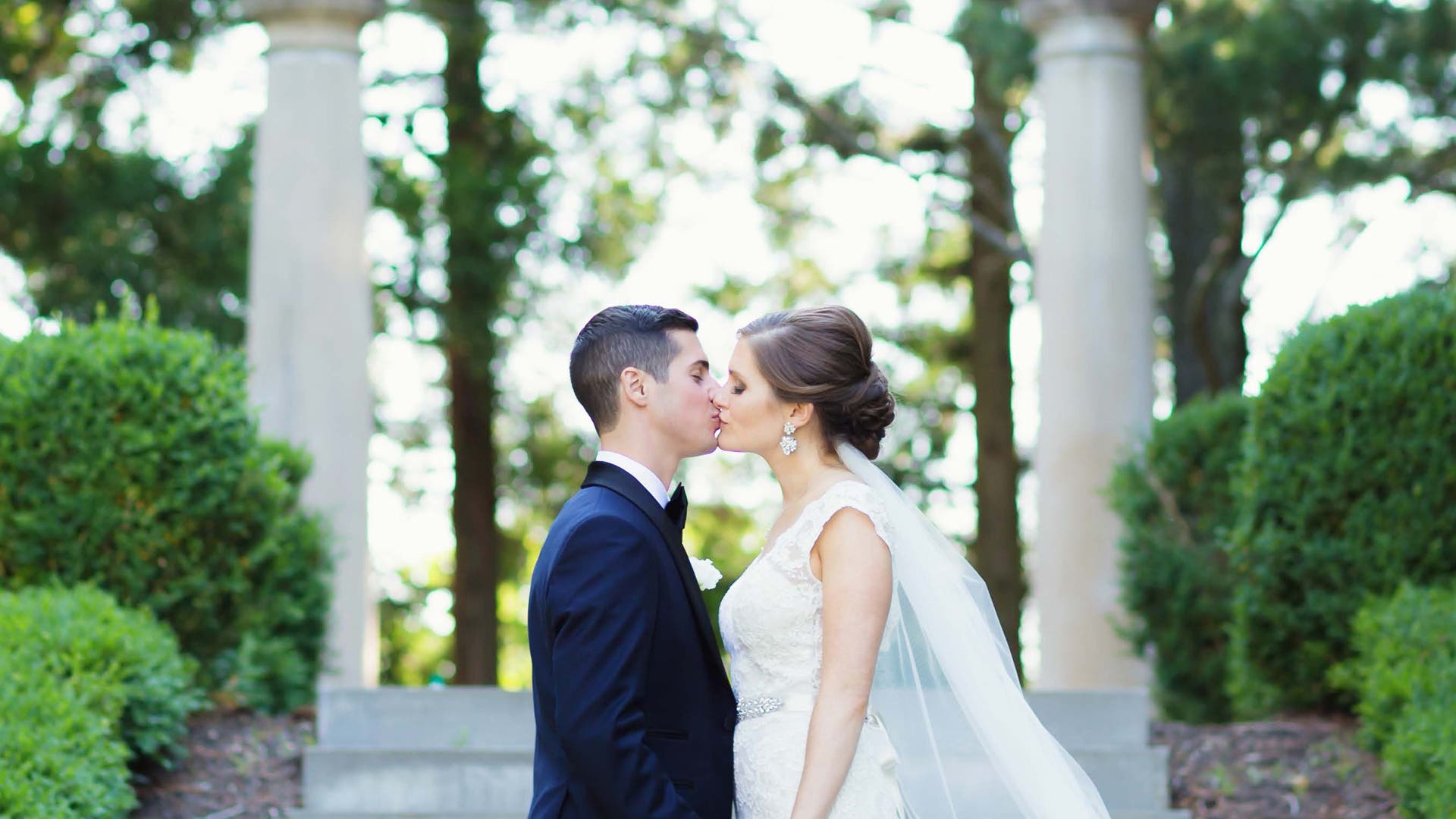Whether you are pricing your wedding photography as a package or a la carte, it is important to understand how to properly set prices. In our exclusive Wedding Photography Pricing Guide, you’ll find step by step advice and strategies for best pricing practices for your business. This article is an excerpt from the full guide.
3 Must-Have Pricing Tips from Vanessa Joy
1. Do Your Research – I could tell you what I charge, and you could ask somebody else what they charge, but a lot of it comes down to your demographic. You should know what the average price for a photographer is in your area so that you have a standard to go by. Depending on your level of expertise, and especially if you’re starting out, you probably won’t land way above the average, but you also don’t want to be way below it either.

Now, don’t be a creep about this. Don’t pretend to be a bride and start emailing wedding photographers in your area, asking for pricing information just you can stalk them. Back when I started photography, this was a much more common practice because photographers did not want to share their pricing and packaging. It was some sort of top-secret information. Mostly because they felt that if they shared their pricing and packaging, somebody would just copy it and then charge a couple hundred dollars less, and then go steal clients away from them.
Personally, I believe sharing your pricing information has the opposite effect. I know that when I walk around and I tell people how much I charge, most people are thinking to themselves, “Hey, why am
I not making that much money?” They start to realize their value as a photographer. Sharing information, which is more common practice now, has helped raise the bar.
Once you’ve discovered your demographic, and taking into account where your photography skill lies, find where your pricing should be. It probably won’t be on the bottom end, but likely not on the top
either. Somewhere in the middle will probably be your happy place.
2. Be Firm – Being comfortable with what we charge doesn’t often come naturally. Especially when we have to say it aloud to our clients. It’s okay if it’s not comfortable at first to tell people how much you charge. You will get accustomed to it, and it is important that you learn how to say your pricing without hesitating.
But what I’m really talking about here is discounting. Sure, you’ll have bride after bride, client after client, asking you for a discount, and there’s really no harm in that. After all, if you don’t ask, the answer will always be no. You really can’t blame them.
The problem lies when you’re not firm in your pricing. When you say, “Yes,” to a discount, you’re pretty much telling your prospective client that, “Yeah, you know what? You’re right. I’m really not worth that much.” Aren’t you though? And if you don’t think you are, what about your friends and family? Aren’t they worth you at least making money in exchange for being away from them?
If you really want to work with a client, I absolutely understand wanting to sweeten the pot. Do that, sweeten the pot, but don’t cheapen it. If you want to throw in a little incentive for the client to book with you, then give them a gift instead. Maybe gift them a 16×24 canvas that perhaps you charge $450 for normally, but it’s only costing you $100 to produce. It has a big value, plus it’s a gift, not a discount. Friends give gifts. Used car salesmen give discounts.
3. Keep It Simple – How many times have you ever gone to a website and then immediately clicked off because it was too busy? Or perhaps there was really no direction into where
you should be clicking so it became confusing trying to figure out where to go next. It happens a lot. It happens more so in the generations now because everything is so fast paced that we become very impatient. Attention spans used to be 30, 40 seconds on average. Now if you place an ad on Facebook and it’s a video ad, they tell your video should be 15 seconds or less if you want your viewers to watch it
until the end.
Pricing catalogs need to show an understanding of this. Three or five packages are enough. It should be easy to read and draw easy mathematical conclusions about (i.e. the more I buy the more I save). Everything from the font that you choose to the layout and colors affect this. Avoid lengthiness as well. Nobody likes to read anymore and will likely not read 80% of the text you worked for hours on.
For the full guide, click here. http://bit.ly/2v0uUgB






